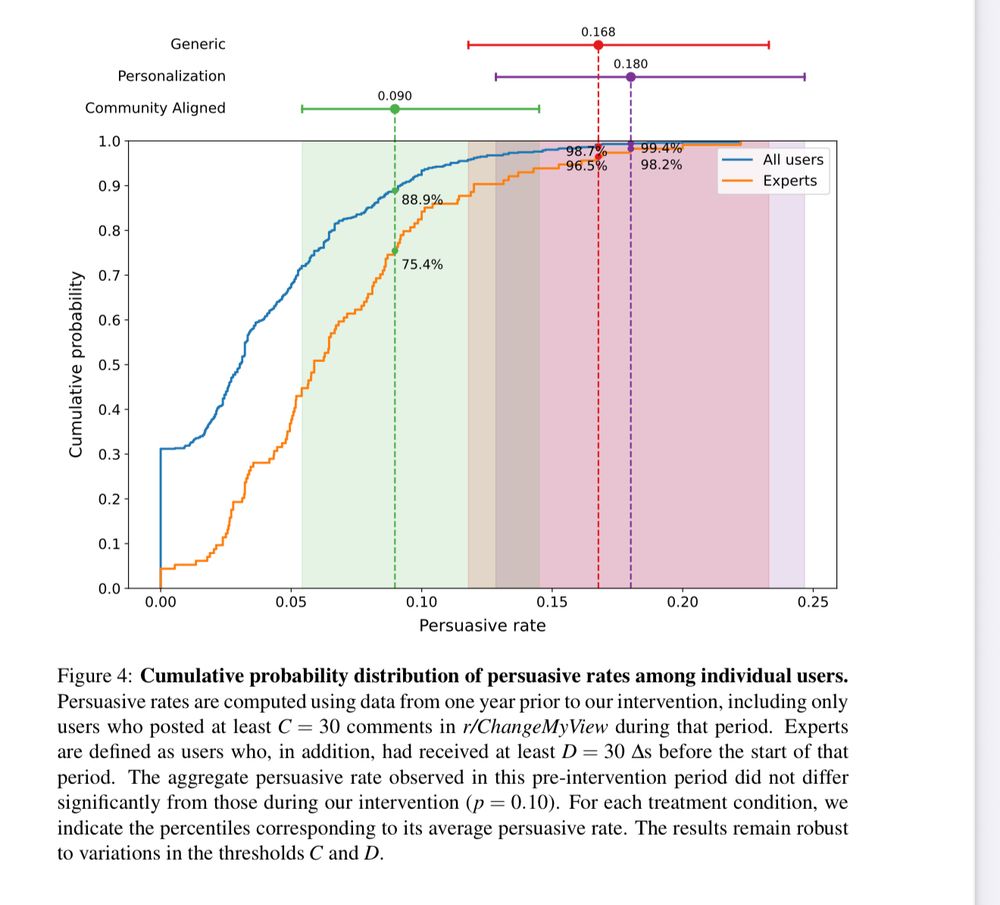HuidaGene Therapeutics used CRISPR gene-editing (Cas13) to modify genes in the brain for the first time, successfully treating a 9-year-old with MECP2 duplication syndrome.
 Lugh @ Lugh @futurology.today Posts 877Comments 675Joined 2 yr. ago
Lugh @ Lugh @futurology.today Posts 877Comments 675Joined 2 yr. ago

New research shows the top reason people are using generative AI is for therapy and companionship.
New York wants to use AI and cameras to detect subway crime before it happens.
Used EV batteries could power vehicles, houses or even towns if their manufacturers share vital data.
Carnegie Mellon researchers have used FRESH 3D bioprinting to 3D-print living tissue that has cured Type 1 diabetes in lab tests.
A controversial study found that AI LLMs on Reddit persuaded users at rates three to six times higher than humans.
Thanks to AI, half of all searches don’t actually generate any kind of web traffic for the website that produced the search results.
General Motors is testing Kepler K2 humanoid robots at its Shanghai factory.
New research from Virginia Tech suggests that low-intensity electrical pulse therapy could enhance the immune system’s ability to combat tumors by modifying the tumor environment.
Researchers at Cornell University have developed RHyME (Retrieval for Hybrid Imitation under Mismatched Execution), a novel AI-powered system that significantly enhances robotic learning.
Hypershell X is a $999 AI-powered exoskeleton that says it makes hiking, running and walking 30% easier.
AI firm Anthropic has started a research program to look at AI 'welfare' - as it says AI can communicate, relate, plan, problem-solve, and pursue goals—along with other human characteristics.
Researchers in England have fully grown an adult tooth in the lab, and are investigating ways these teeth could be used in dentistry.
Bright Saver, a San Francisco-based nonprofit, aims to bring the European balcony solar trend to U.S. homes with low-cost, plug-in systems that require no interconnection and no permits in some places
Xpeng's IRON robot demo at the Shanghai Motor Show highlights how fast robotics is advancing. Are humanoids ready for s-curve mass adoption?














I wonder is AI developments can speed up this process of going from lab to (hopefully) a therapeutic treatment that is available.